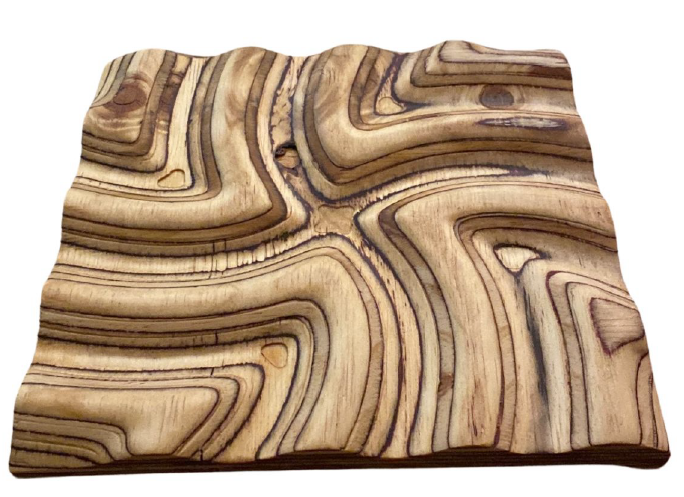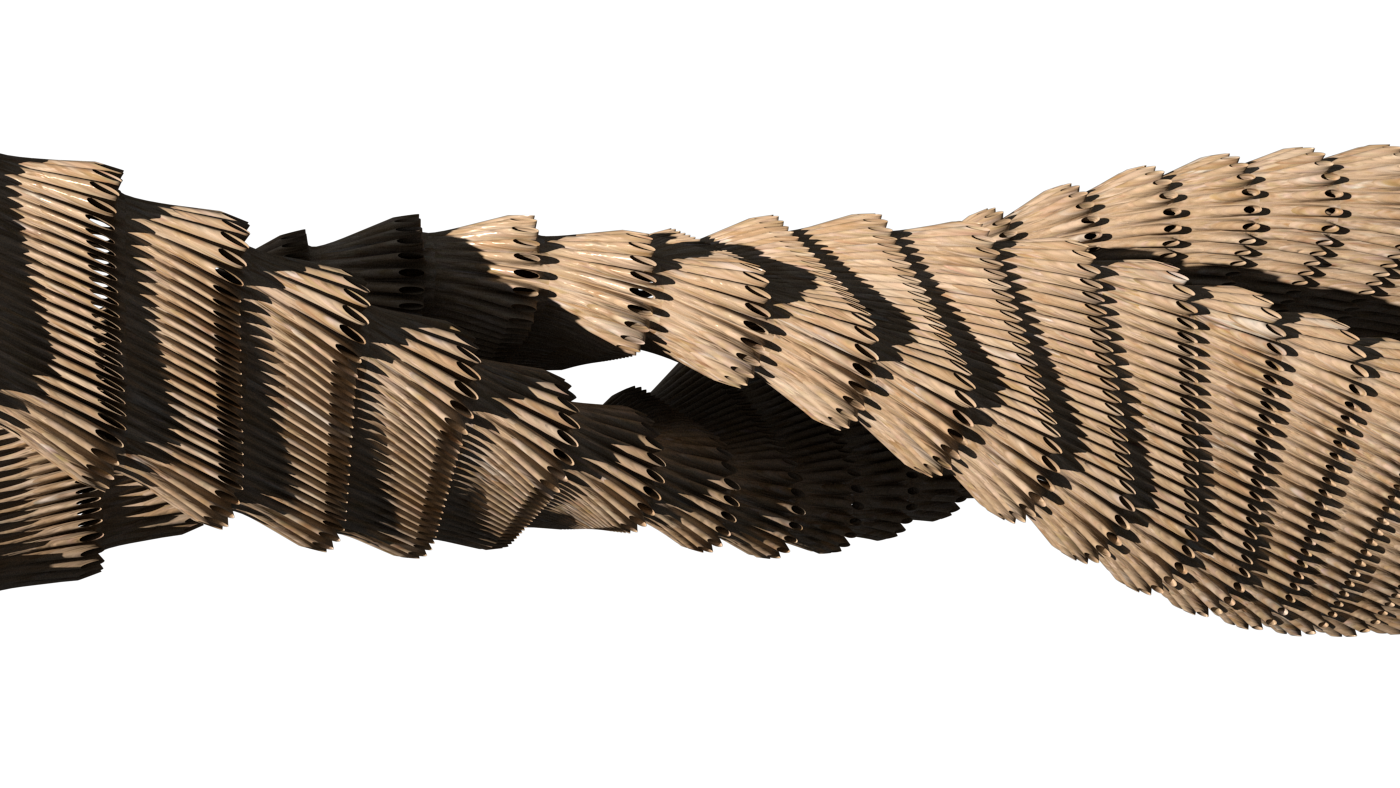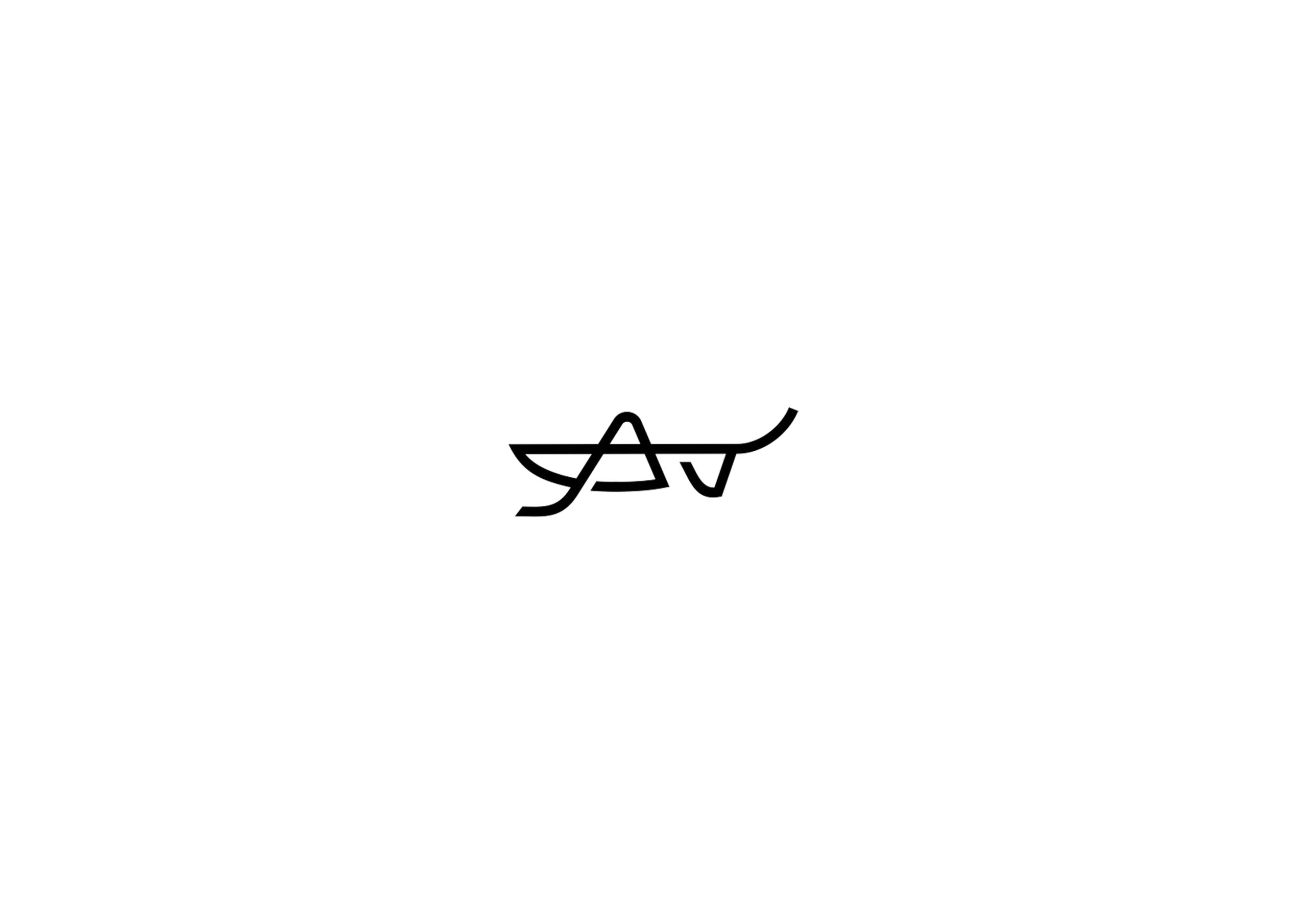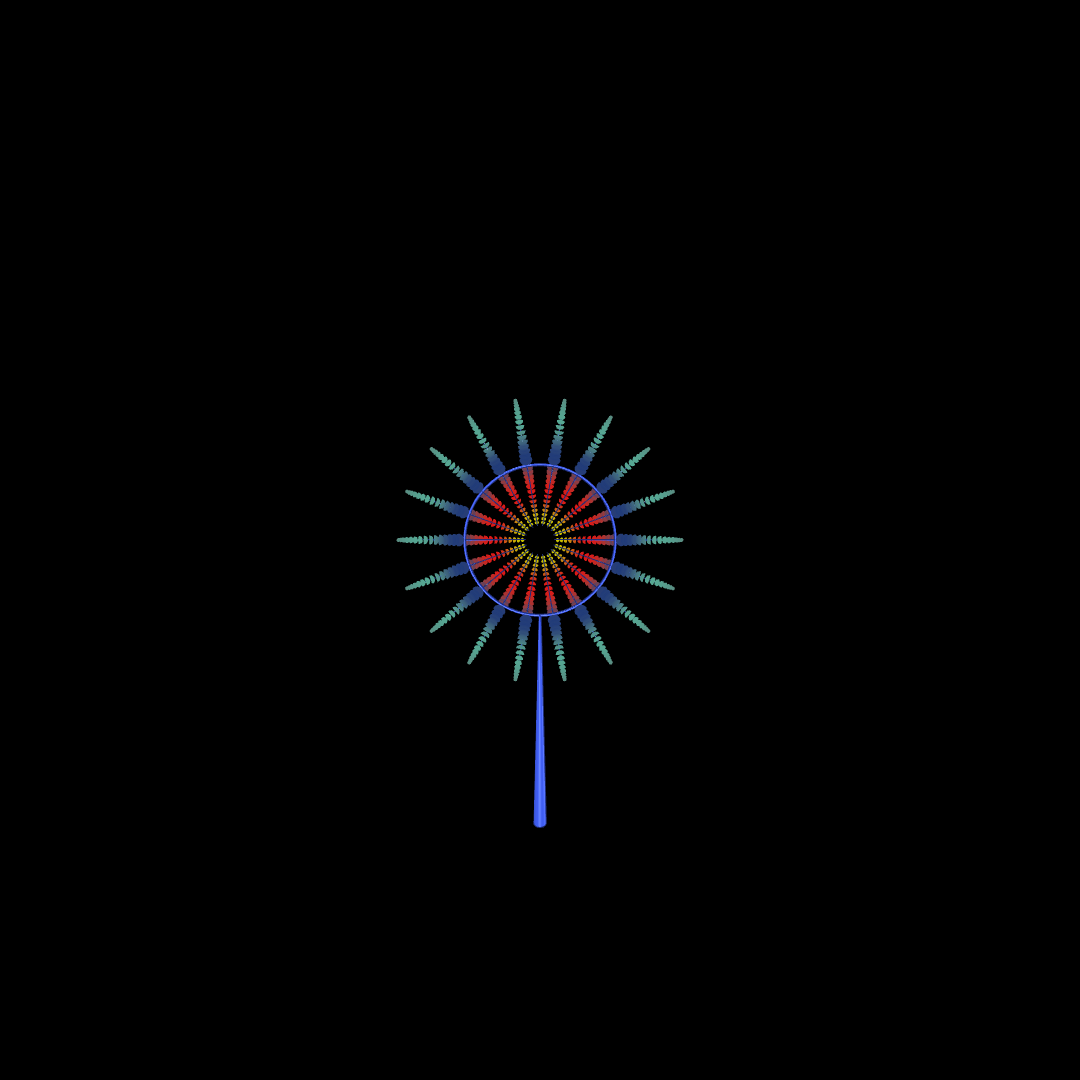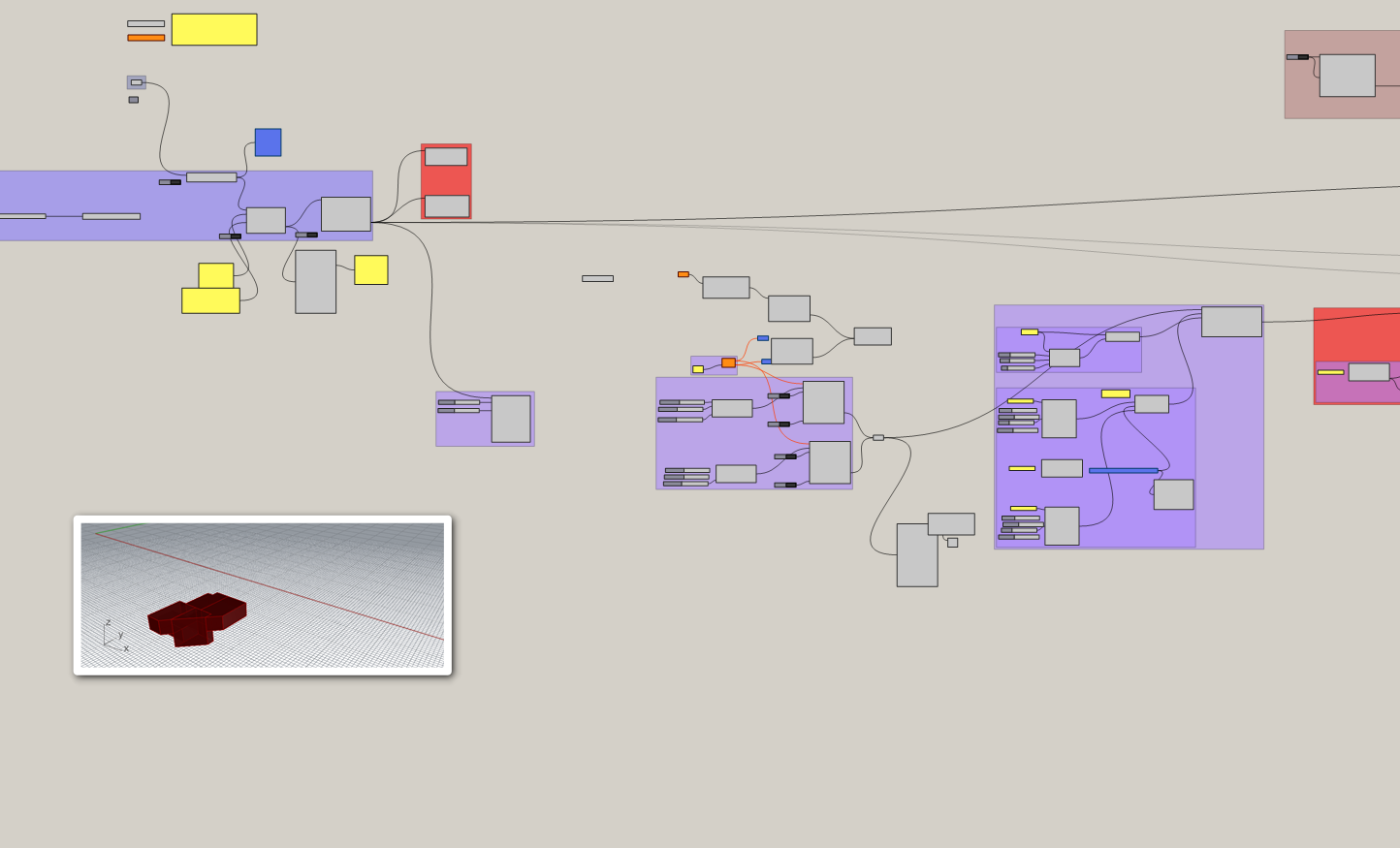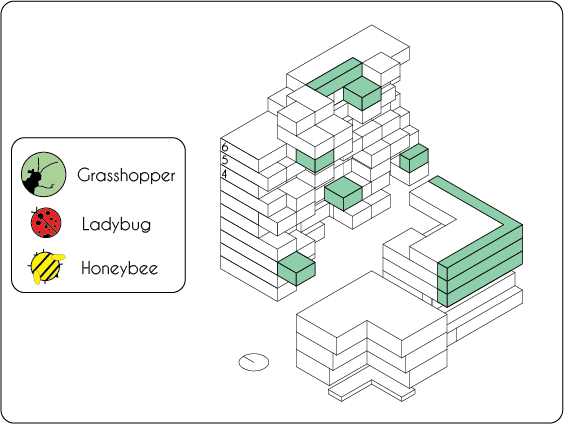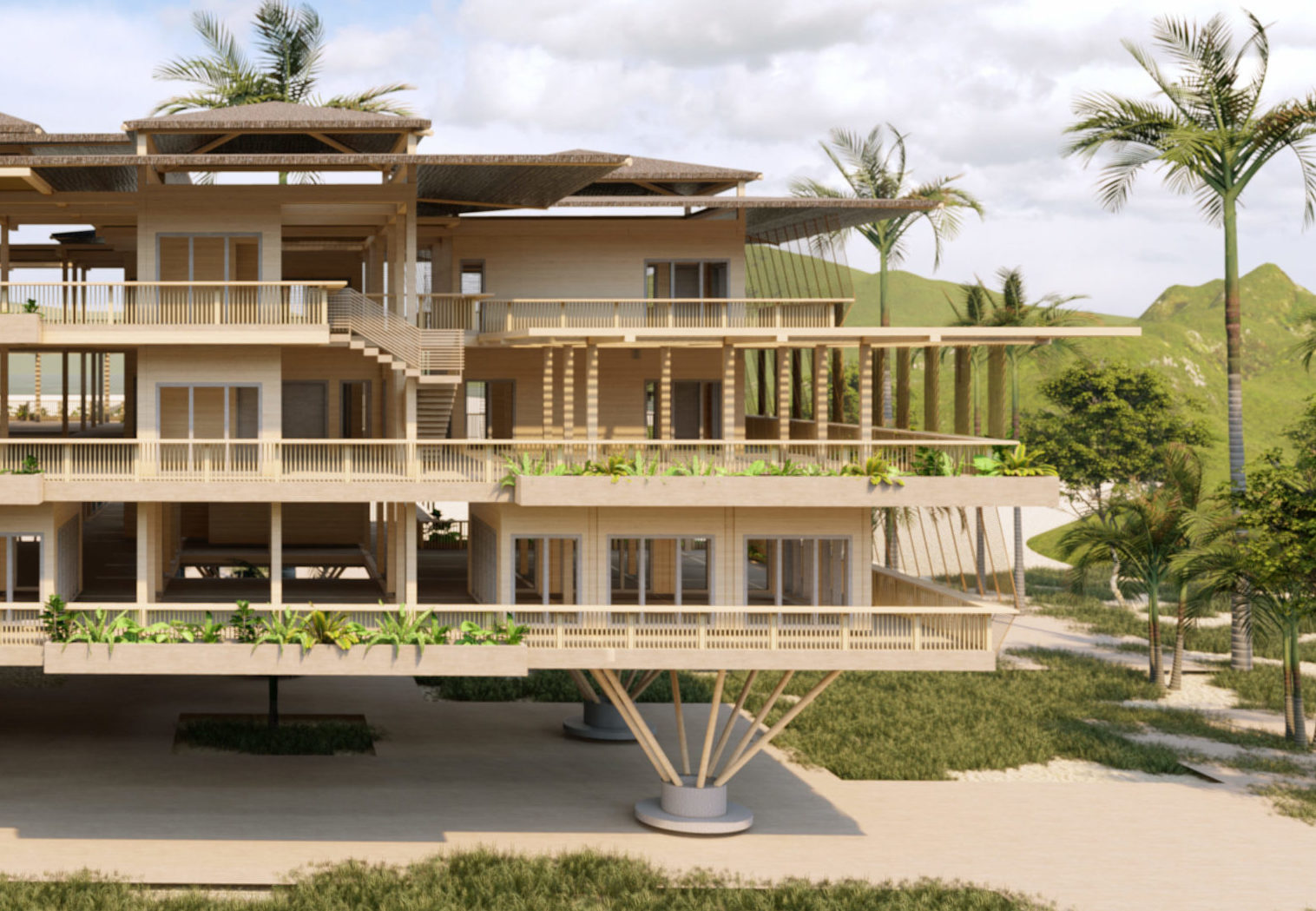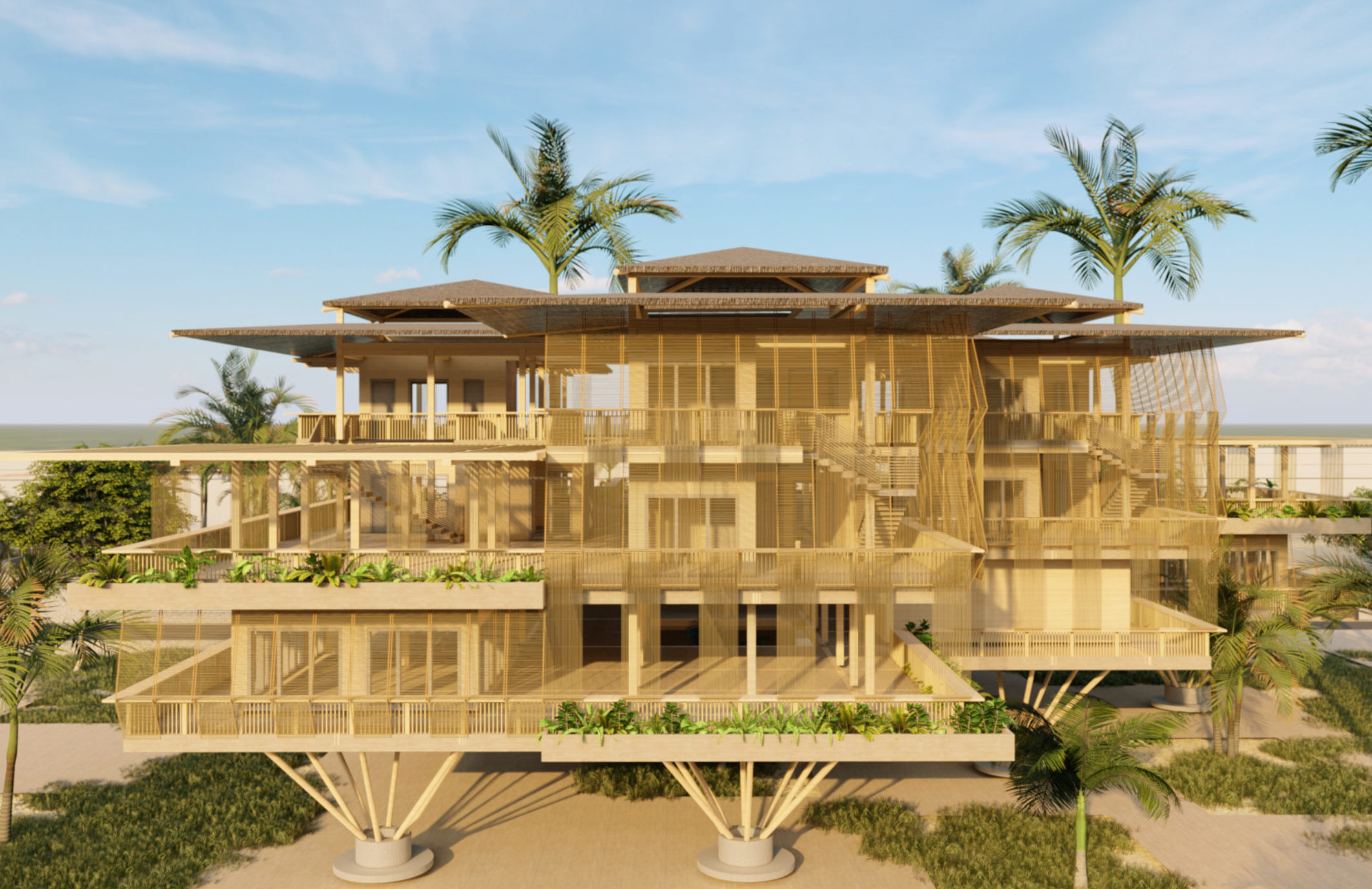Advanced Digital Tools
Grasshopper fundamentalsMAEBB program 23/24 Grasshopper is plug-in within Rhino, it enables to create complex parametric designs by connecting components in a graphical interface. This tool allows for a new way of designing and manipulating complex geometries. During the first semester, we had to submit weekly assignments. For our final assignment we had to send in … Read more

